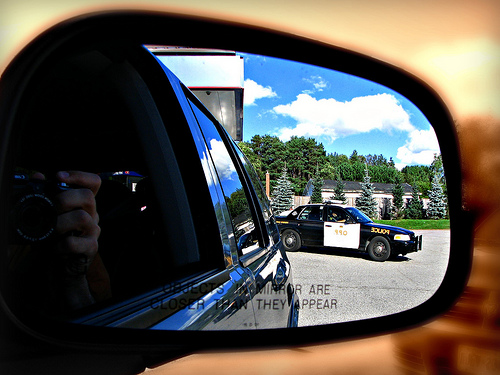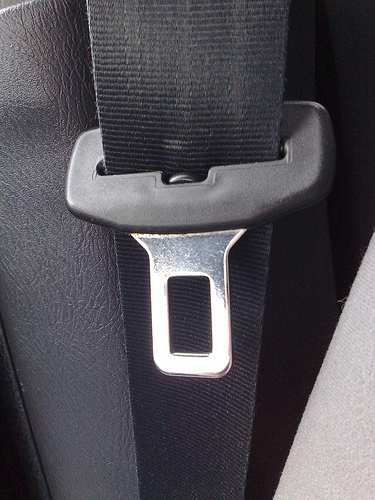Is your state one of the 11 most dangerous to drive in?
Eleven states dangerously lack basic safety regulations, according to a recently released report on highway safety. As the Washington Post notes, a new report from Advocates for Highway and Auto Safety revealed that 11 states earned a red rating, indicating “poor protections.”
On the other hand, ten states (plus D.C.) received a green rating, and the remainder received a yellow rating, marking a “moderate adoption of optimal safety laws.”
The states rated red are: Arizona, Montana, Wyoming, South Dakota, North Dakota, Nebraska, Iowa, Mississippi, Alabama, Florida, and New Hampshire. (Incidentally, New Hampshire is the only state with no seat belt law on the books.) The green ratings include Washington, Oregon, California, Hawaii, Illinois, Louisiana, Indiana, Delaware, Rhode Island, Washington D.C., and Maine.

South Dakota gets particularly poor marks for its driving laws. From MSVG.
The rankings were based on 15 safety laws the advocacy group deems “optimal,” including laws such as those that limit driver texting, that stipulate booster seats for children or helmets for motorcycle riders, and that give police officers freer range to issue tickets to passengers not wearing seat belts. Seven regulations regarding teen driving, and three regarding impaired driving, were also included.
The report “draws a direct line” between laws and lives saved, finding that in 2012 seatbelts were responsible for saving approximately 12,174 lives of passengers age five and above. Seat belt usage also grew in states that enacted laws allowing police to ticket passengers without seat belts — even when another offense hadn’t already occurred. Currently, 17 states allow officers to do this.
Certain exemptions applied: any state lacking a “primary enforcement seat belt law covering passengers in all seating positions (front and rear) or that has repealed an existing all-rider motorcycle helmet law within the previous ten years” could not earn a green rating, no matter how many other laws it has on the books, according to Advocates for Highway and Auto Safety. “States must have 11 to 15 laws including both primary enforcement seat belt laws, or 9 or more laws including both primary enforcement seat belt laws and an all-rider helmet law, to achieve a green rating.”
South Dakota was the worst offender, with only two of the advocacy group’s laws on the books: nighttime restrictions for teen drivers, and open-container prohibitions. Oregon, Washington DC and Illinois boasted the most, with 12 safety laws each. For example, of the 15 recommended laws, DC lacks three: it does not have nighttime and mobile phone restrictions for teen drivers, or an ignition interlock law.
Illinois lost points for not having an all-rider motorcycle helmet law, having a minimum age of 16 for a learner’s permit, and lacking nighttime restriction for teen drivers. Mississippi, which has only four of the total 15 laws, does not have a rear primary enforcement seat belt law or a booster seat law. The state lacks an ignition interlock law, an open container law, and an all-driver text messaging restriction.
According to the report,certain laws were less likely to be adopted; for example, only 11 states have nighttime restrictions on teenage drivers. Eight states — and Washington D.C. — have set 16 years as their minimum learner’s permit age.
Read more about the specifics of each state’s ranking here.
Category: Enforcement, Traffic law


















